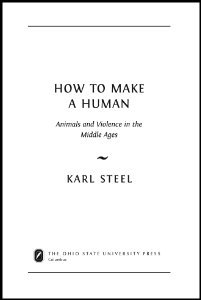"Women, Crime and Criminal Justice speaks to the need for a new book that offers a global and diverse approach to the study of women and criminology. Despite an explosion of interest in international women's issues such as femicide and trafficking in women, criminological books in the area have previously focused predominantly on domestic issues. This is the first fully internationalized book to focus on women as offenders, victims and justice professionals. It provides background, as well as specialized information that allows readers to comprehend the global forces that shape women and crime; analyze different types of violence against women (in peacetime and in armed conflict); and grasp the challenges faced by women in justice professions such as the police, the judiciary and international peacekeeping. Provocative, highly topical, engaging and written by an expert in the field, this book examines the role of women in crime and criminal justice internationally. Topics covered include: the role of globalization and development in patterns of female offending and victimization, how a human rights framework can help explain women's crime, victimization and the criminal justice response, global women's activism, international perspectives on violence against women, including femicide, violence in conflict and post conflict settings, sex work and sex trafficking, women's access to justice, as well as the increased role of women in international criminal justice settings.
London; New York: Routledge, 2014. 248p.





















